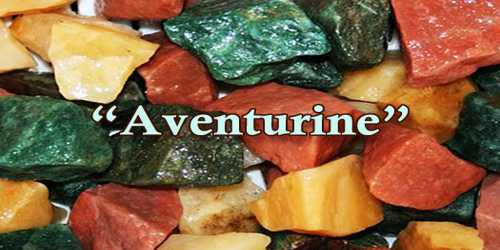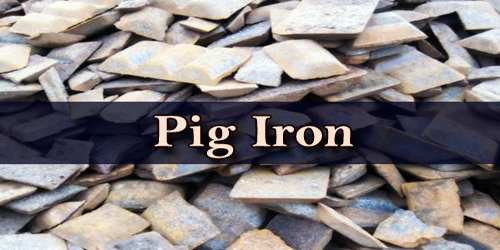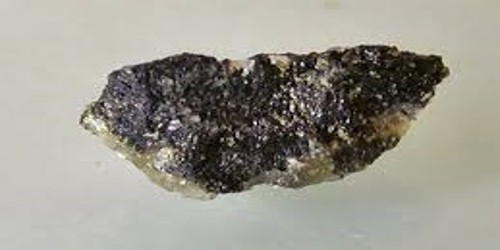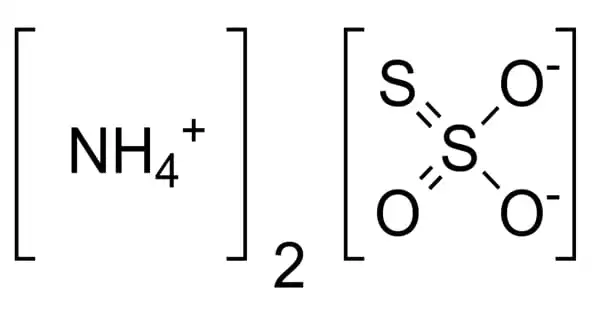Maucherite is a grey to reddish silver-white nickel arsenide mineral. It is a tetragonal nickel arsenide, occurring as brittle, opaque, reddish-grey crystals which have a metallic luster and tarnish on exposure. It is also known as placodine and Temiskamite. The unit cell is of symmetry group P41212 or P43212. It has the chemical formula: Ni11As8 and commonly contains copper, iron, cobalt, antimony, and sulfur as impurities.
It was discovered in 1913 in Eisleben, Germany, and was named after Wilhelm Maucher (1879–1930), a German mineral collector.
General Information
- Category: Arsenide mineral
- Formula: (repeating unit) Ni11As8
- Crystal system: Tetragonal
- Crystal class: Trapezohedral (422) (same H-M symbol)
- Color: grey to reddish silver-white.
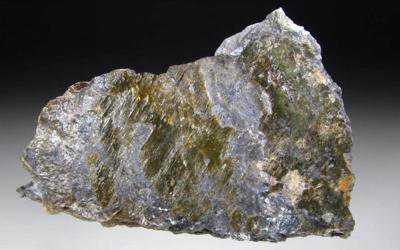
Properties
It is a nickel arsenide mineral with chemical composition approximating, assigned to the group of sulfide minerals. It crystallizes in the tetragonal crystal system. It occurs in hydrothermal veins alongside other nickel arsenides and sulfide minerals. It is metallic and opaque with a hardness of 5 and a specific gravity of 7.83.
- Mohs scale hardness: 4.5-5.5
- Streak: grayish black
- Specific gravity: 6.9-7.3
- Cleavage: None
- Diaphaneity: Opaque
- Fracture: Uneven – Flat surfaces (not cleavage) fractured in an uneven pattern.
- Hardness: 5 – Apatite
- Luminescence: Non-fluorescent.
- Luster: Metallic
- Magnetism: Nonmagnetic
Occurrences – In hydrothermal veins with other nickel arsenides and sulfides.
It often occurs with niccolite (to which it alters), as at Mansfeld, Ger.; Los Jarales, Málaga, Spain; and Ontario, Can.
Association: Nickeline, nickel-skutterudite, chalcopyrite (Eisleben, Germany); millerite, uvarovite, pyroxene, calcite (Orford, Canada).
Information Source:

